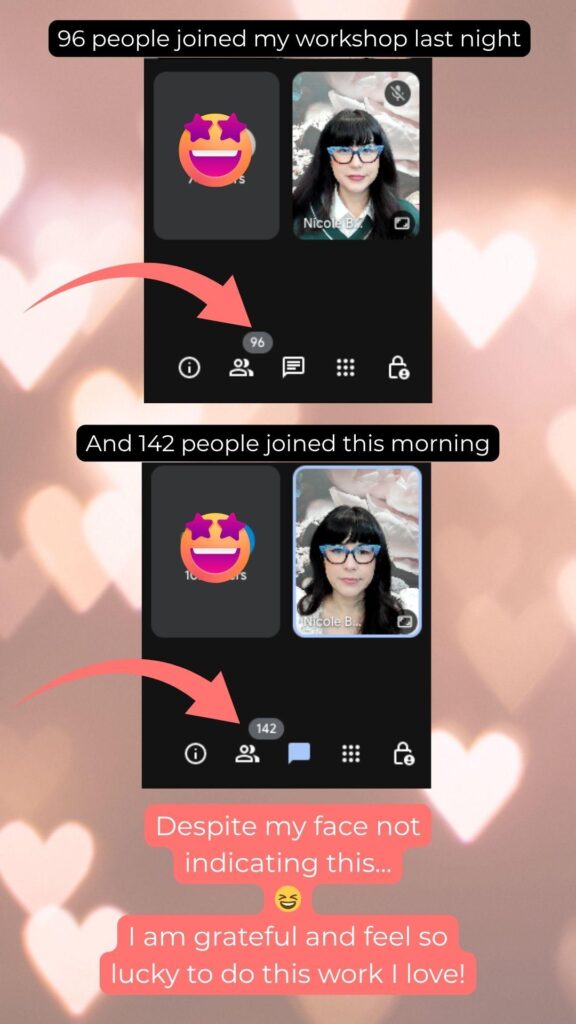📻 WIIFM: The secret to getting what you want?
Have you heard of WIIFM?
Last week I led two sessions of my Crafting Your Strengths-Based Personal Brand workshop for Google, with nearly 250 people attending across the sessions.
Participants created a polished elevator pitch they can use in places like LinkedIn, at a networking event, in an interview, or with their manager.
One of the takeaways I emphasized:
When you’re sharing your brand statement/elevator pitch, put yourself in your audience’s shoes.
Think from their perspective: WIIFM? What’s In It For Me?
What does your audience care about?
If your audience is your company, say, during a performance review, or a person interviewing you, it usually comes down to one of these:
How did you MAKE the company money or SAVE the company money?
Even if your role doesn’t touch sales or revenue directly, there’s always a connection.
-Maybe you’re a people ops leader who revised the review process, saving hours of manager time (money) across the org.
-Maybe you boost morale through an ERG, helping retention stay high so the team doesn’t have to spend six figures rehiring every year.
–Maybe you’re an executive administrative business partner who streamlined team onboarding, so new hires are productive faster.
-Maybe you’re a project manager who caught a scope issue early and saved a $40K delay.
See it through your audience’s lens. What do they care about? What’s the win for them?
Want to know who’s already practicing this strategy? My 15-year-old.
She doesn’t like taking the bus to school, and I’ve been teaching her how to think about her audience, in this case, me 🙋🏻♀️.
So now, instead of saying,
“Mom, I don’t want to take the bus; it’s crowded, and it stinks,”
she says something like,
“Mom, I want to spend more time with you. If you drive me to school, we get 10 extra minutes together, just you and me.”
Appealing to my mama heart.
One might argue this is manipulation 😆, but she knows what matters to her audience, and she’s speaking to that. It’s a smart strategy.
(And yes, for the record, I still want to know the real reason—if it’s crowded, uncomfortable, unsafe—we’ll talk about that too. But that’s a different kind of conversation. The takeaway here is: know your audience.)
Whether you’re asking for a ride or a raise, knowing what matters to the person across from you makes your message land.
So, next time you make a request, remember the acronym WIIFM.
And if you need a sounding board for your next review or interview, a Strategy Session might be just what you need.
– Nicole
P.S. Are you on Instagram? In my stories I share behind-the-scenes of work and life like these screenshots from the workshops:

comments
0